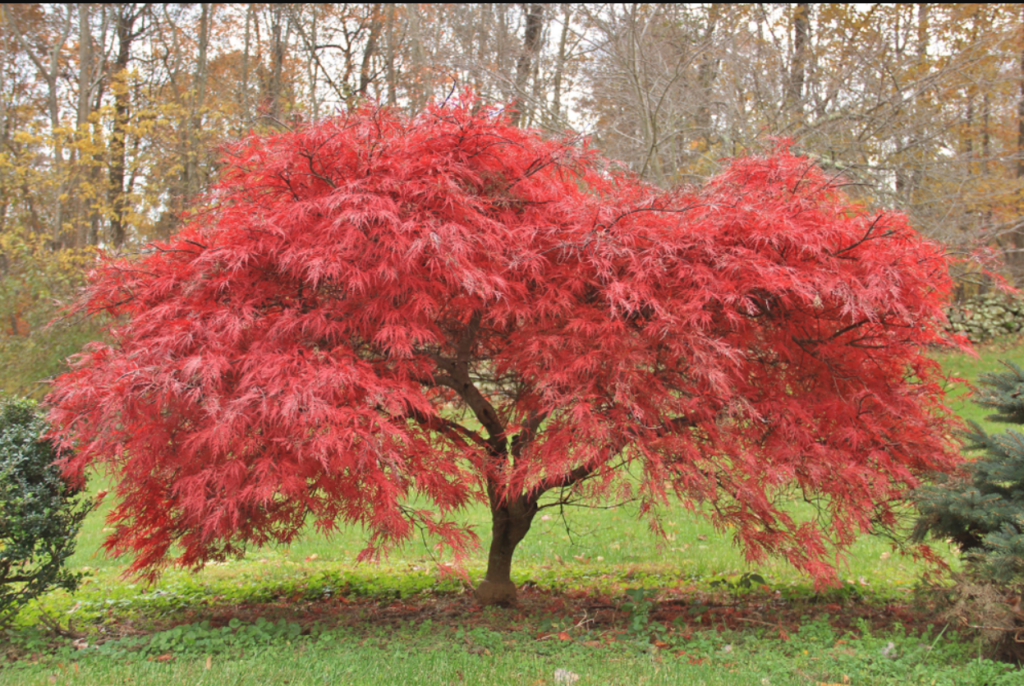
Discover the Best Trees with Small Root Systems for Your Yard
Choosing the right trees for your yard is a decision that requires careful consideration. Among the various factors to weigh, the root system of a tree stands out as particularly crucial. Trees with small root systems not only offer aesthetic appeal but also provide practical benefits, such as reduced risk of damage to hardscapes and easier maintenance. In this comprehensive guide, we delve into the realm of trees with small root systems, presenting a selection of top choices and additional considerations to help you enhance your yard’s beauty and functionality. Selecting the right trees for your yard can make a big difference in the overall look and feel of your landscape. When it comes to choosing trees with small root systems, there are a variety of options to consider. In this post, we’ll explore the best trees with small root systems, their benefits, and how to properly care for them in your garden or landscape. We’ll also provide tips on selecting the right trees for your specific needs, so you can create a beautiful and low-maintenance outdoor space.
Table of Contents
ToggleBenefits of Trees with Small Root Systems
Trees with small root systems have several benefits, including being less likely to cause damage to sidewalks, driveways, and other infrastructure. They are also easier to plant in urban and suburban areas where space is limited. Additionally, trees with small root systems are less likely to interfere with underground utilities and can be planted closer to buildings without causing structural damage. Overall, they provide all the benefits of trees without the potential drawbacks of larger root systems.
When it comes to selecting the right trees for your yard, it’s important to consider trees with small root systems. These trees offer several benefits, such as being less likely to cause damage to sidewalks, driveways, and other infrastructure. They are also easier to plant in urban and suburban areas where space is limited, and they are less likely to interfere with underground utilities. Additionally, trees with small root systems can be planted closer to buildings without causing structural damage. This makes them a great option for creating a beautiful and low-maintenance outdoor space. When choosing trees with small root systems, it’s important to consider factors such as the climate and soil conditions in your area, as well as the specific needs of your landscape.
Proper care, such as regular watering and pruning, is also important to ensure the health and longevity of these trees. With the right selection and maintenance, trees with small root systems can enhance the overall look and feel of your landscape while minimizing potential drawbacks.
Types of Trees with Small Root Systems
There are several types of trees with small root systems that are well-suited for urban and suburban areas. Some popular options include Japanese maple, dogwood, cherry, and redbud trees. These species are known for their compact root systems, making them less likely to cause damage to infrastructure and easier to plant in limited spaces.
Additionally, certain types of fruit trees, such as dwarf or patio varieties, also have smaller root systems and can be a great choice for smaller outdoor spaces. It’s important to research and select a tree species that is well-suited for your specific climate and soil conditions, as well as consider the overall aesthetic and maintenance needs of your landscape. With proper care and maintenance, these trees can provide beauty, shade, and environmental benefits while minimizing potential issues with their root systems.
Top Trees with Small Root Systems
1. Japanese Maple (Acer palmatum)
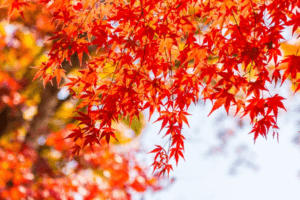
- Characteristics: Japanese maples are renowned for their exquisite foliage and graceful form, making them prized additions to any landscape.
- Ideal growing conditions: These trees prefer well-drained soil with a slightly acidic pH and thrive in locations with partial shade.
- Maintenance tips: Regular pruning is essential to maintain the tree’s shape and health, and a layer of organic mulch around the base helps retain moisture and suppress weeds.
Japanese maples are an excellent choice for small gardens or landscapes with limited space, as their compact size and shallow root systems make them suitable for planting near buildings, walkways, or other structures. Their vibrant foliage also adds a pop of color to the garden throughout the year, making them a visually appealing choice for homeowners. When selecting trees for your garden or landscape, consider the specific growing conditions and space available to ensure that the trees will thrive and complement the overall design of your outdoor space.
2. Crape Myrtle (Lagerstroemia indica)
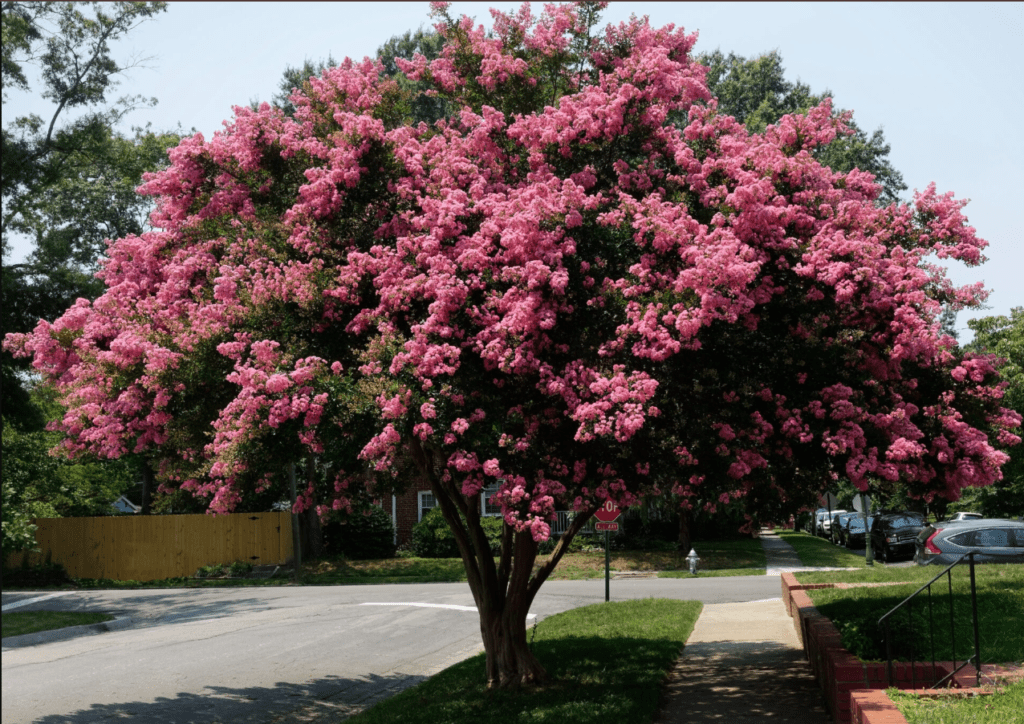
- Characteristics: Crape myrtles are beloved for their vibrant flowers, which bloom prolifically throughout the summer months.
- Ideal growing conditions: They prefer full sun and well-drained soil, though they are adaptable to various soil types and pH levels.
- Maintenance tips: Pruning crape myrtles in late winter promotes vigorous growth and abundant flowering, while proper watering and mulching support overall health and vitality.
Crape myrtles are a great choice for small root systems, as they are not invasive and won’t cause damage to surrounding structures. They also provide beautiful, colorful blooms and can add aesthetic value to your garden or landscape. When selecting trees with small root systems, consider the size of your space, the climate and soil conditions, and the specific benefits you are looking for, such as shade, privacy, or aesthetic appeal. Be sure to research the specific tree you are interested in to ensure it will thrive in your environment.
3. Dogwood (Cornus florida)
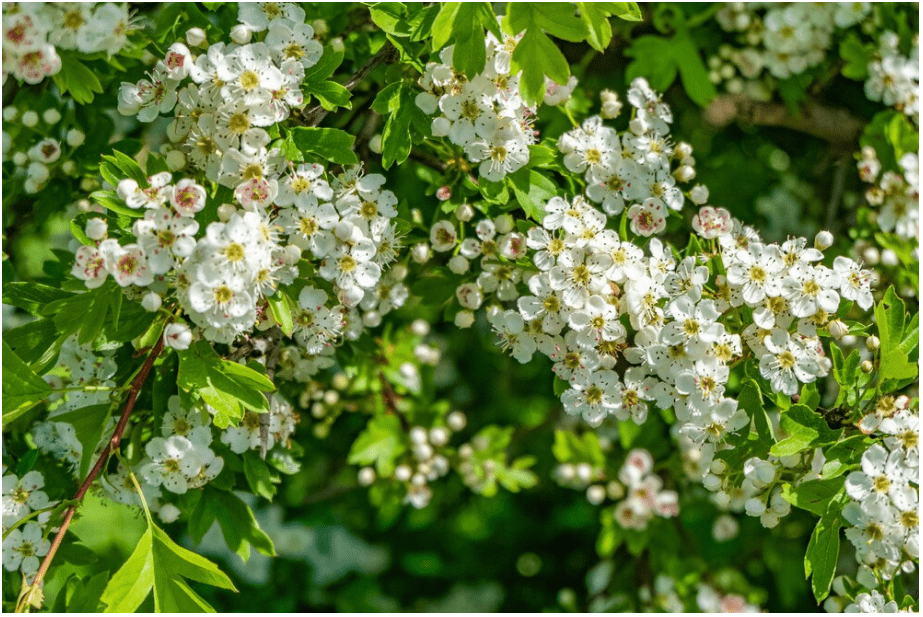
- Characteristics: Dogwoods are celebrated for their showy flowers, attractive bark, and vibrant fall foliage.
- Ideal growing conditions: These trees thrive in moist, well-drained soil and partial shade, making them excellent choices for woodland gardens or understory plantings.
- Maintenance tips: Prune dogwoods selectively to remove dead or diseased branches, and apply a layer of mulch to conserve soil moisture and discourage competing vegetation.
Dogwoods with small root systems are ideal for planting near buildings or in small garden spaces where larger trees would be too invasive. They also provide habitat and food for wildlife, making them a valuable addition to any landscape. When selecting trees with small root systems, consider the ultimate size and shape of the tree, as well as its growth rate and adaptability to your specific climate and soil conditions. Proper care and maintenance will ensure that these trees thrive and enhance the beauty of your outdoor space.
Proper Care and Maintenance
Proper care and maintenance of trees with small roots can have several benefits, including promoting healthy growth and stability of the tree. It can also help prevent issues such as root rot and soil erosion. Additionally, caring for the roots can improve the overall health and longevity of the tree, and contribute to a healthier environment. Proper maintenance can also enhance the aesthetic appeal of the tree and its surroundings.
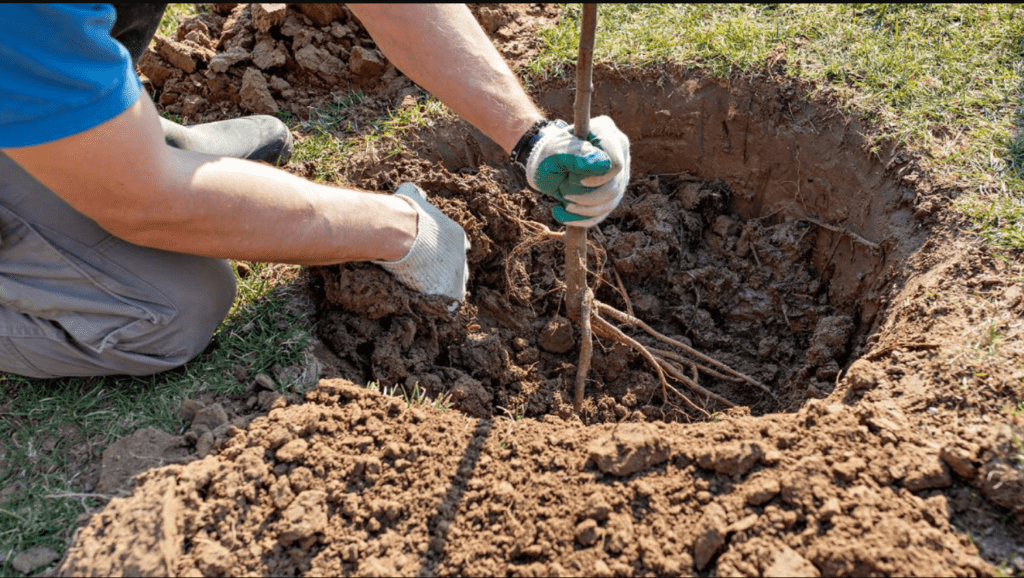
When selecting trees with small root systems for your garden or landscape, it’s important to consider factors such as the soil type, sunlight exposure, and available space. Some popular options for trees with small root systems include Japanese maple, dogwood, and magnolia. Proper care for these trees includes regular watering, mulching, and periodic pruning to maintain their health and appearance. It’s also important to avoid planting them too close to structures or other plants to prevent root competition and potential damage. By selecting the right trees and providing proper care, you can enjoy the beauty and benefits of trees with small root systems in your outdoor space.
Selecting the Right Trees for Your Yard
Selecting the right trees for your yard can have several benefits, including providing shade and reducing energy costs, improving air quality, increasing property value, and creating a beautiful and peaceful outdoor space. It’s important to consider factors such as the tree’s size, growth rate, and maintenance requirements to ensure it will thrive in your specific yard environment. By choosing the right trees, you can enhance the aesthetics and functionality of your outdoor space while also contributing to a healthier environment.
Selecting the right trees for your yard is an important decision that can have a big impact on the look and feel of your outdoor space. When choosing trees with small root systems, it’s important to consider factors such as the soil type, sunlight exposure, and available space. Some popular options for trees with small root systems include Japanese maple, dogwood, and magnolia. These trees not only add beauty to your yard, but also provide shade and can help reduce energy costs. Proper care for these trees includes regular watering, mulching, and periodic pruning to maintain their health and appearance. It’s also important to avoid planting them too close to structures or other plants to prevent root competition and potential damage.
By selecting the right trees and providing proper care, you can enjoy the beauty and benefits of trees with small root systems in your outdoor space. Additionally, selecting the right trees for your yard can have several benefits, including improving air quality, increasing property value, and creating a peaceful outdoor space. It’s important to consider the tree’s size, growth rate, and maintenance requirements to ensure it will thrive in your specific yard environment. By choosing the right trees, you can enhance the aesthetics and functionality of your outdoor space while also contributing to a healthier environment.
Tips for Planting and Caring for Small Root System Trees
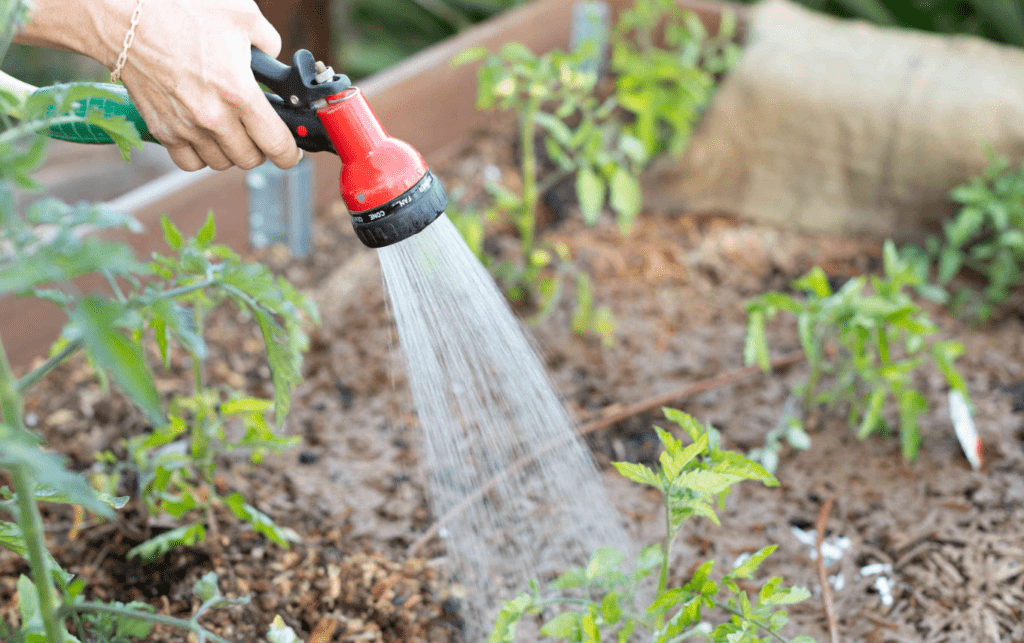
Planting and caring for small root system trees can have several benefits, including creating a beautiful and sustainable landscape, providing shade and reducing energy costs, and improving air quality. Small root system trees also require less maintenance and are less likely to cause damage to sidewalks and other infrastructure. Additionally, they can attract wildlife and contribute to overall biodiversity in the area. By following proper planting and care tips, you can ensure the long-term health and success of these trees in your landscape.
- Select the right tree species: Choose tree species with small root systems that are suitable for your specific climate and soil conditions. Consider factors such as the tree’s ultimate size, growth rate, and maintenance requirements.
- Proper planting: When planting small root system trees, make sure to dig a wide planting hole that is two to three times wider than the tree’s root ball. This will allow the roots to establish and spread more easily. Be sure to plant the tree at the right depth and avoid burying the root flare.
- Watering: Proper watering is essential for the establishment and growth of small root system trees. Water newly planted trees regularly, especially during dry periods, and ensure that the soil around the tree remains consistently moist but not waterlogged.
- Mulching: Apply a layer of organic mulch around the base of the tree to help retain moisture, suppress weeds, and regulate soil temperature. Be sure to leave a gap between the mulch and the trunk to prevent rot and disease.
- Pruning and maintenance: Regular pruning can help maintain the shape and health of small root system trees. Remove any dead, damaged, or diseased branches to promote healthy growth. Monitoring for pests and diseases and addressing any issues promptly is also important for the tree’s overall health.
By following these tips for planting and caring for small root system trees, you can ensure their long-term health and enjoy the many benefits they bring to your outdoor space.
Additional Options and Considerations
In addition to trees, there are several other plantings to consider for your yard:
- Dwarf fruit trees: Perfect for small spaces, these trees offer the added bonus of producing delicious fruits like apples, peaches, and cherries.
- Ornamental grasses: These low-maintenance plants add texture, movement, and visual interest to the landscape while requiring minimal care.
- Ground covers: Ideal for suppressing weeds, reducing erosion, and filling in bare areas, ground covers like vinca, pachysandra, and creeping thyme offer both practical and aesthetic benefits.
Selecting trees with small root systems is a smart choice for homeowners looking to enhance their yards with beautiful and functional plantings. By considering factors such as soil type, available space, and climate, you can choose trees that will thrive in your landscape while minimizing the risk of root-related issues. Whether you opt for the delicate foliage of a Japanese maple, the vibrant blooms of a crape myrtle, or the timeless beauty of a dogwood, incorporating trees with small root systems will undoubtedly elevate the aesthetics and enjoyment of your outdoor space for years to come.
Frequently Asked Questions (FAQ)
Trees with small root systems have roots that do not spread out extensively. These trees are ideal for planting in confined spaces, near structures, or in areas with underground utilities.
Choosing a tree with a small root system can prevent potential damage to sidewalks, foundations, and underground pipes. They are also easier to manage in smaller gardens or urban settings.
Yes, many trees with small root systems are well-suited for container planting. This makes them ideal for patios, balconies, and other small spaces.
Ensure proper watering, appropriate soil conditions, and regular pruning. Mulching around the base can help retain moisture and protect the roots.
Yes, trees with small root systems can often be planted closer to buildings without causing damage. However, always consider the mature size of the tree and allow enough space for growth.
Accordion Content
These trees typically have less impact on soil structure and can be beneficial in preventing soil erosion. However, they may compete less effectively for nutrients compared to trees with larger root systems.
Some examples include the Japanese Maple, Amur Maple, Dogwood, and Crabapple. These trees are known for their compact root structures.
The best time to plant these trees is in the fall or early spring when the soil is workable, and the weather is mild, promoting root establishment.
